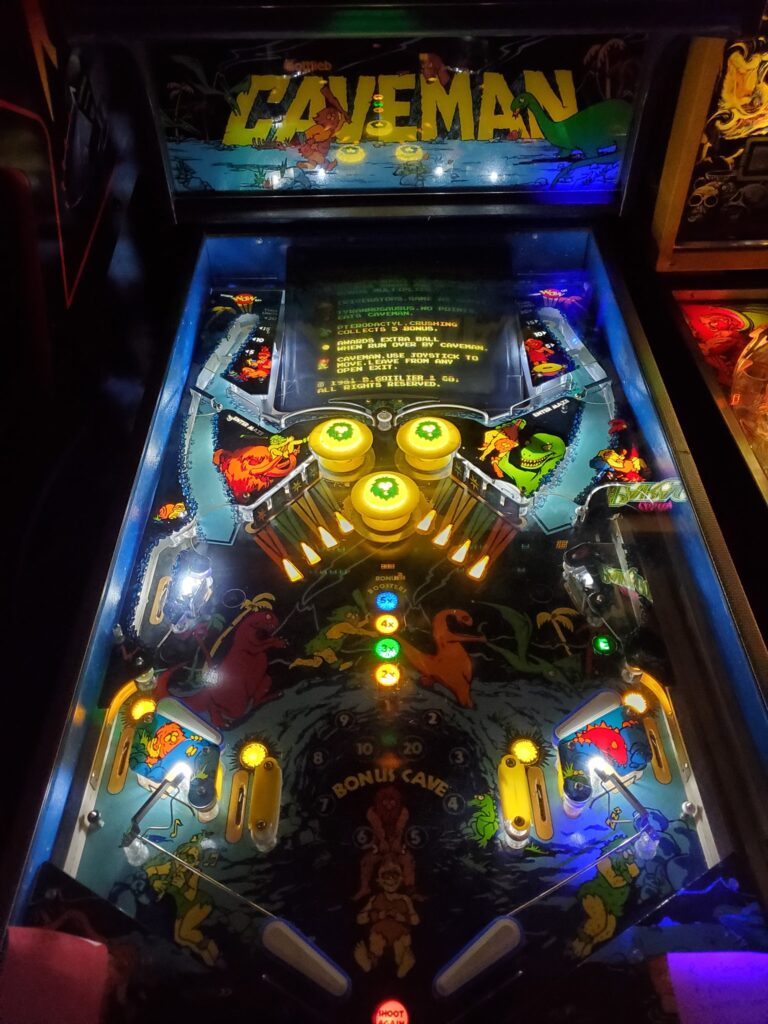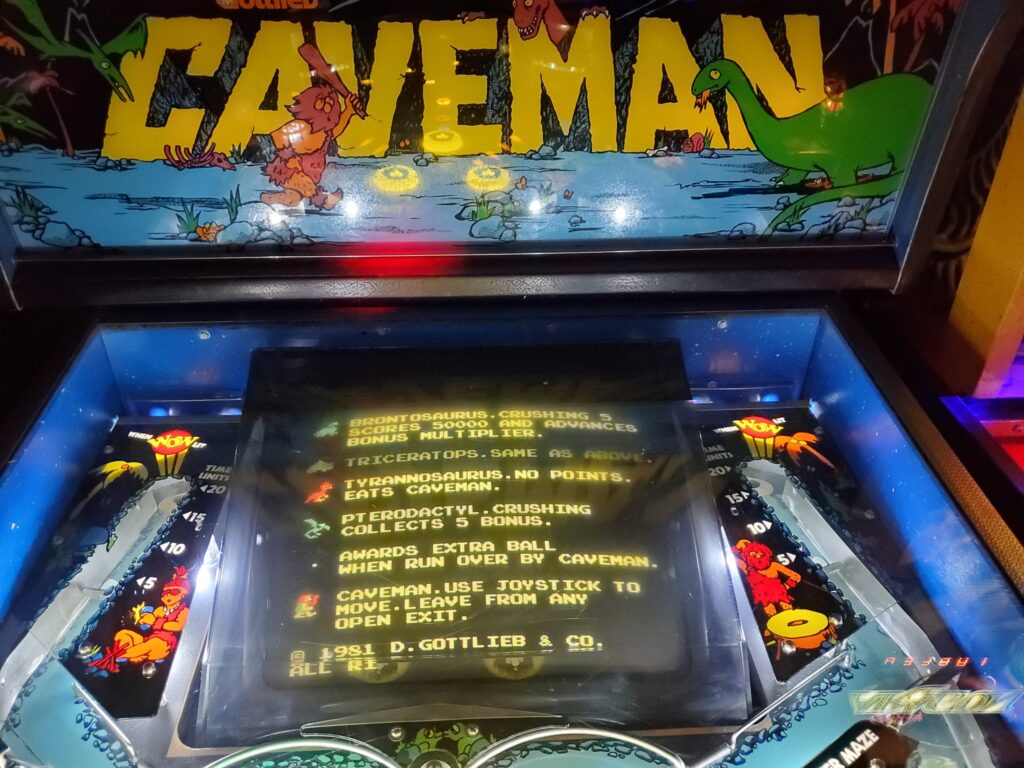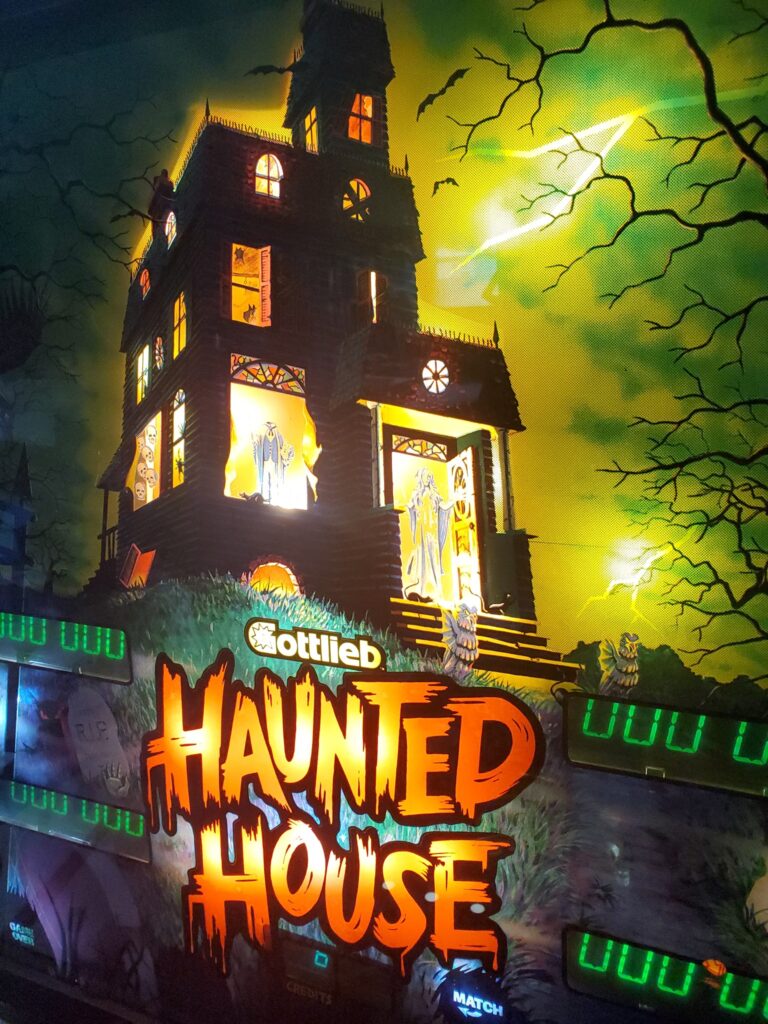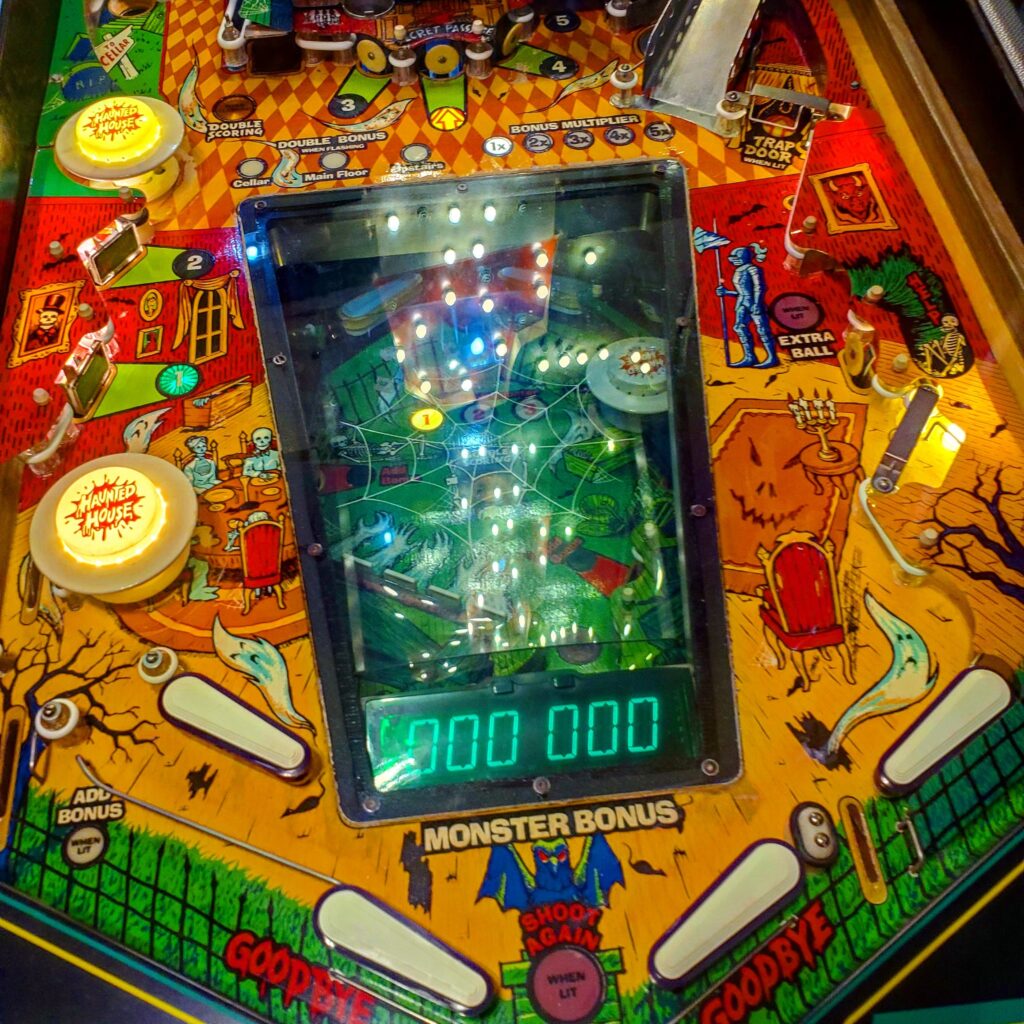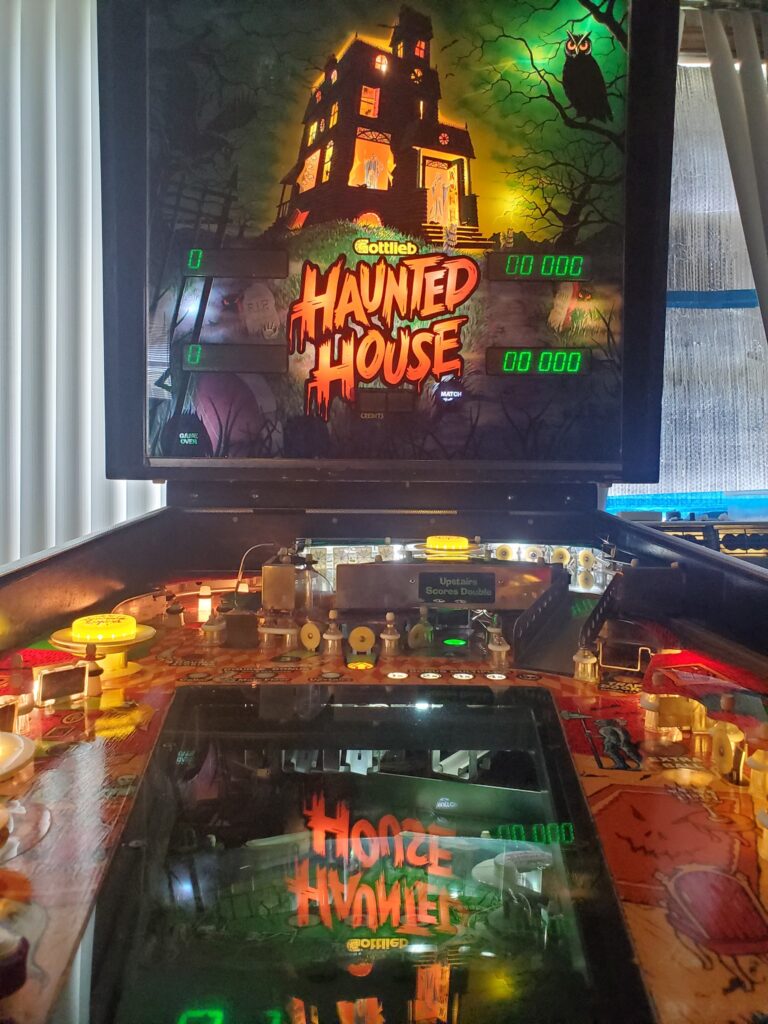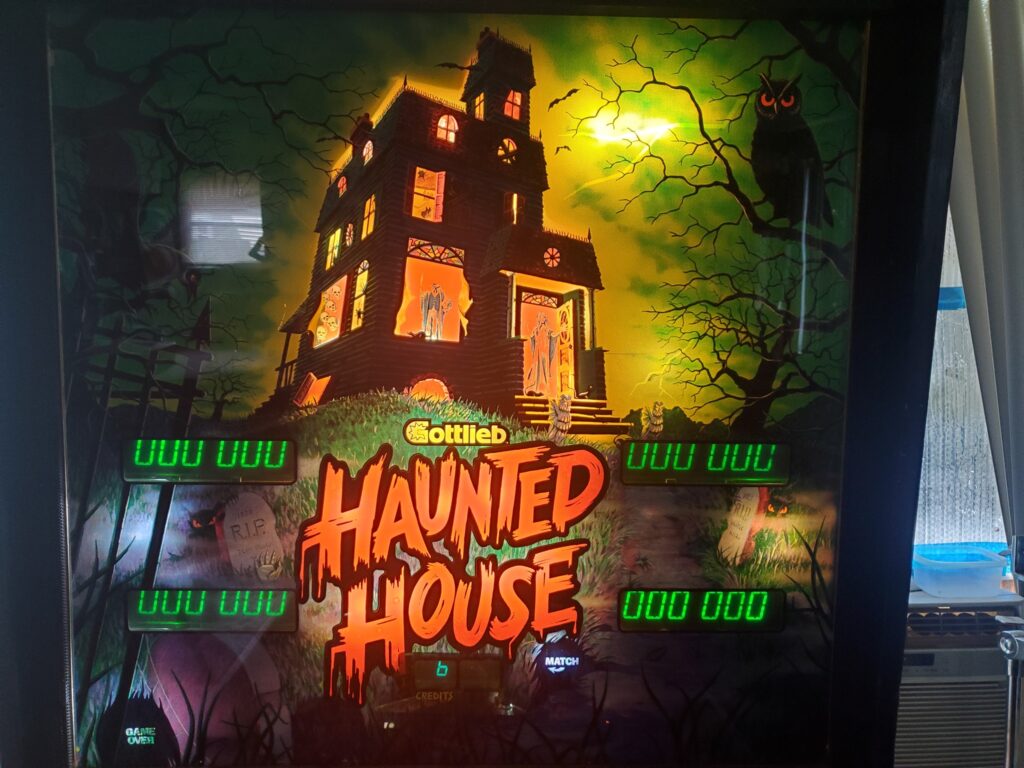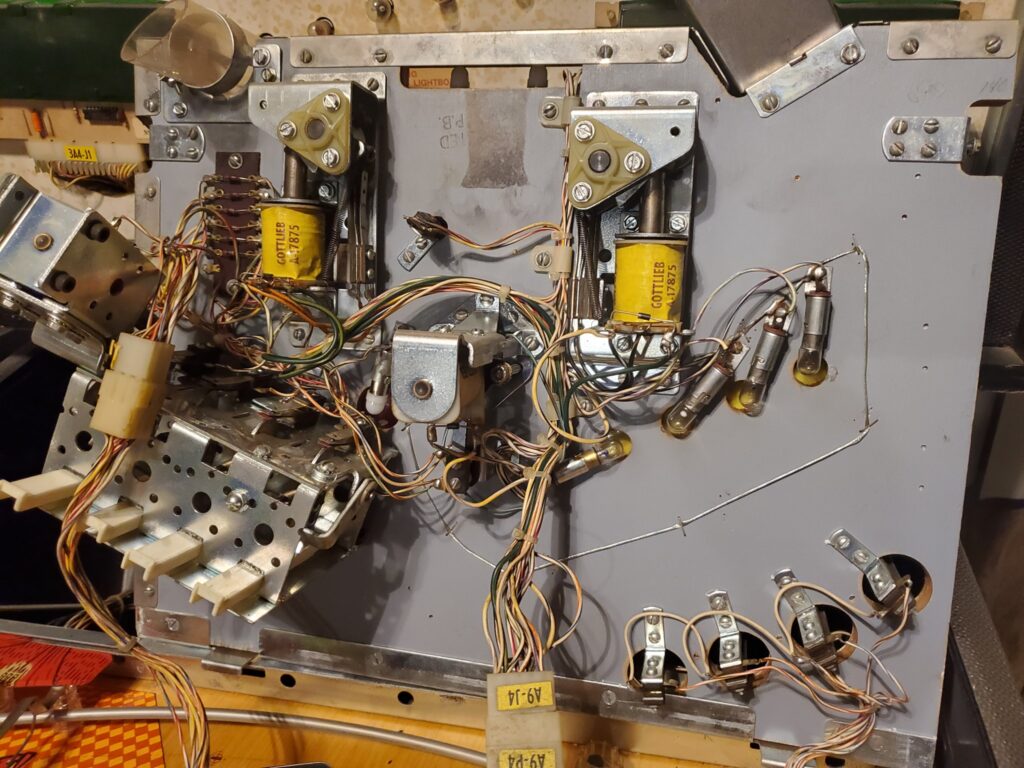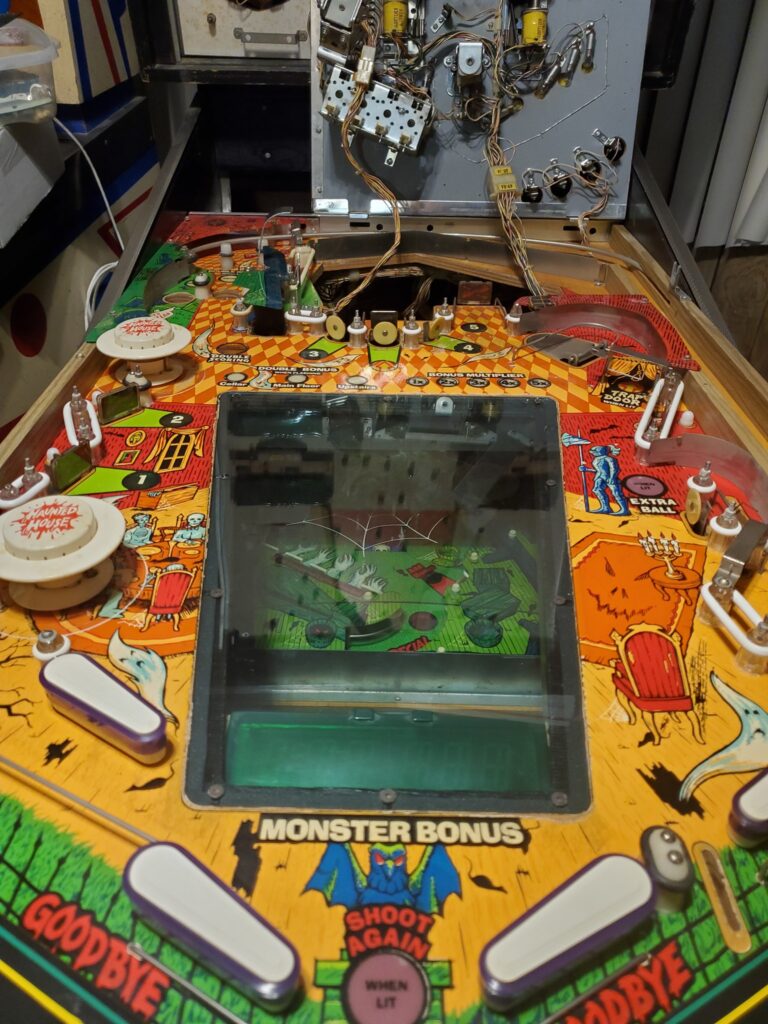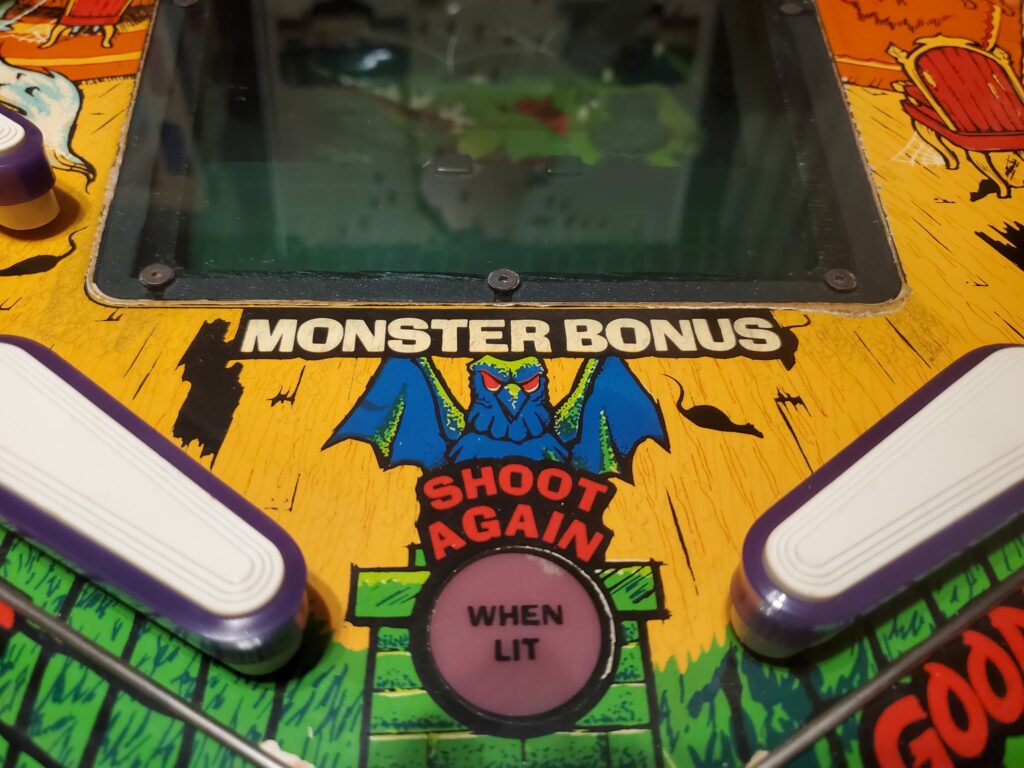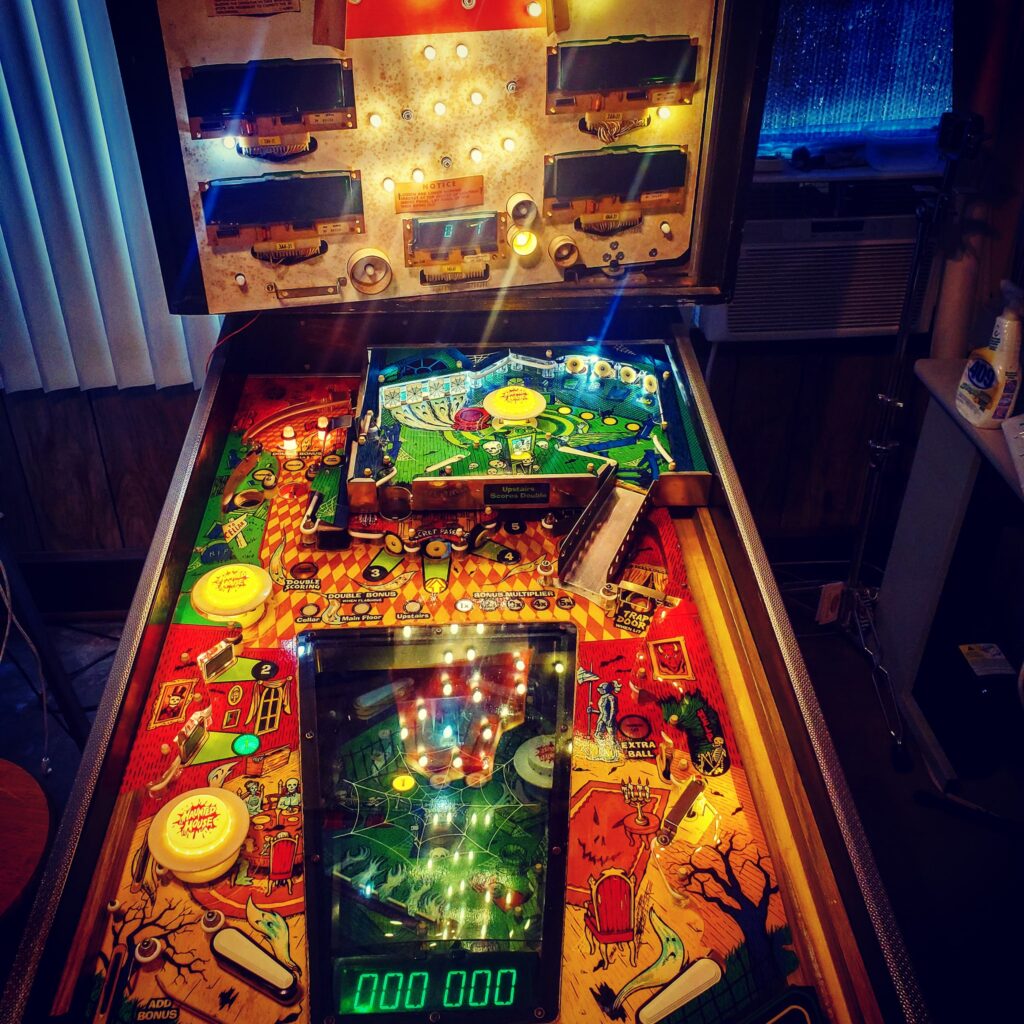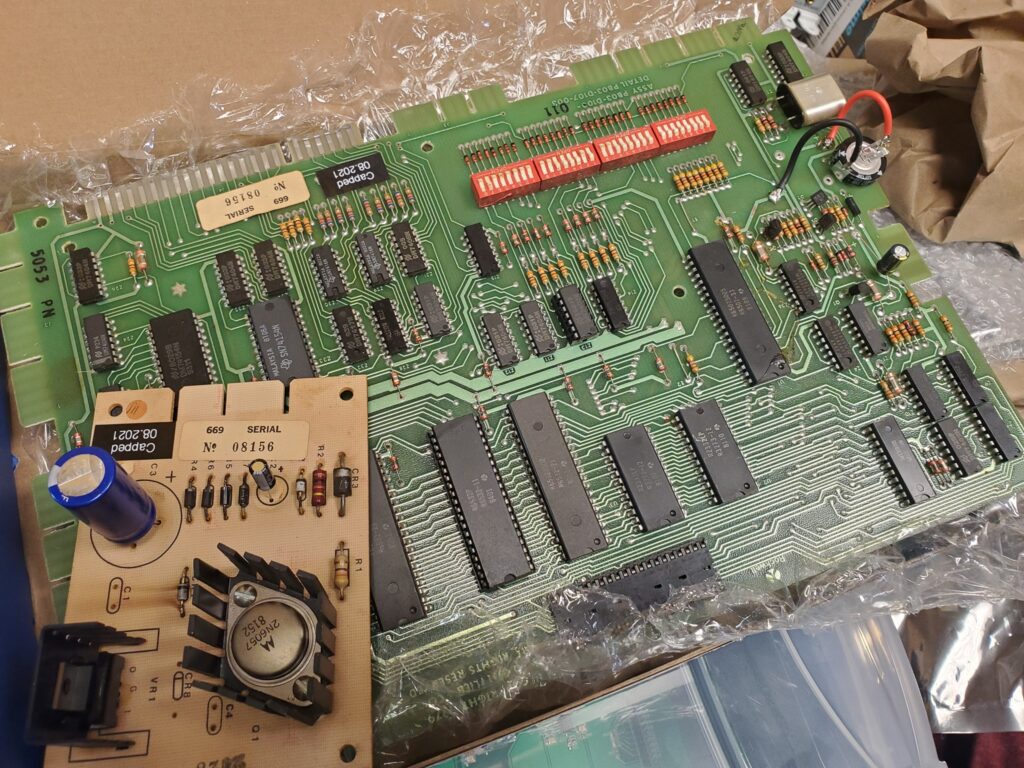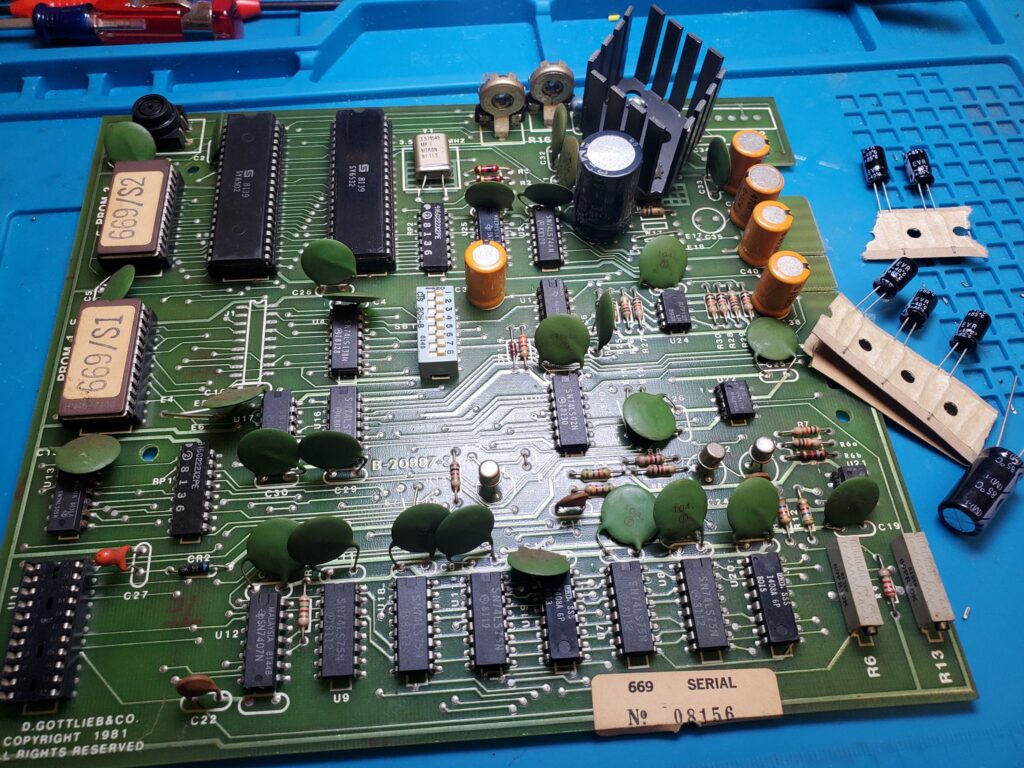This is another in my “Occam’s Razor Pinball Fixes” series. These videos demonstrate the principal of Occam’s Razor, which states, “The simplest solution is the most likely” and we often forget this.
In this case, I couldn’t get Haunted House to start a game.. the fix was significantly easier than what I thought it would be. (And no, it’s not because there wasn’t a ball in the machine.. LOL)
Category Archives: Gottlieb
A simple trick to easily remove/replace the hardest to reach pinball bulbs
This is a short video showing a simple trick you can use.
Rare Gottlieb “Caveman” Pinball – first look and restoration!
How to fix stripped playfield screws on your pinball machine
Many games, especially older games would have their playfield mechs screwed directly into the wood with wood screws. On areas like bumper posts, these can take quite a beating, get loose and become stripped. Here’s a simple technique to repair stripped holes to make the screws bite back into the playfield.
Pinball Showcase: 1982 Gottlieb “Haunted House”
Recommended Gottlieb System 80 Ground Mods (Haunted House – Part 9)
Now that I’ve got Haunted House running, it’s time to bulletproof the game – ideally you’d probably want to do the ground mods from the very beginning because in some cases, you might not be able to get the game working otherwise, but in this case, I managed to get the game to boot and appear to play well, so now we’re doing the required ground modifications to make the game more stable and reliable.
What’s actually involved in that?
It’s pretty simple. Gottlieb used single-sided edge connectors (unlike Trifucon which has contacts on multiple sides) for most of their connections. Over time, these connectors tended to fail, either by the contact surface becoming oxidized, or the blades becoming fatigued and not making good contact. Since ground is so important, without a solid contact, the game can behave in a variety of different and unpredictable ways, from random reboots, to intermittent issues with everything from lights to sound to coil firing. The general rule with Gottlieb games is if you’re having a weird problem that isn’t consistently repeatable, there’s a good chance it’s related to the powertrain. The most obvious culprit in the power chain is going to be the ground/return lines.
In-a-nutshell, the ground mods involve running an extra ground wire to tie all the different board’s ground lines to a common ground, and tie the head and the cabinet ground lines together — the only exception is you keep the 45v solenoid ground line separate (this is to ensure that if there’s a coil short, it doesn’t send high voltage to the rest of the game’s more sensitive components). Each board has a different recommended spot where you should tap into the ground, often it’s near one leg of a capacitor (which should also be changed if they’re original). Use 18 gauge wire (preferably green colored) and tap into each board with one end in the designated spot, then crimp a spade terminal on the other end and tie all the boards to a single ground plane (usually the metal bracket that mounts the power supply in the upper left corner — be sure to sand the paint off the area so you can make contact (alternatively you can also solder directly to the bracket.
Once you have all the boards tied to a single plane, you want to tie that to the head and the cabinet, by running wires from the power supply bracket to the metal frame in the head, and then one down into the cabinet to the transformer board, where you’ll find a ground backplane you solder to (on System 80B games, you’ll also want to take all the ground wires that terminate on the transformer board and tie them together, preferably eliminating the molex connectors they used which cause problems).
Click at the top of each image below for larger versions:
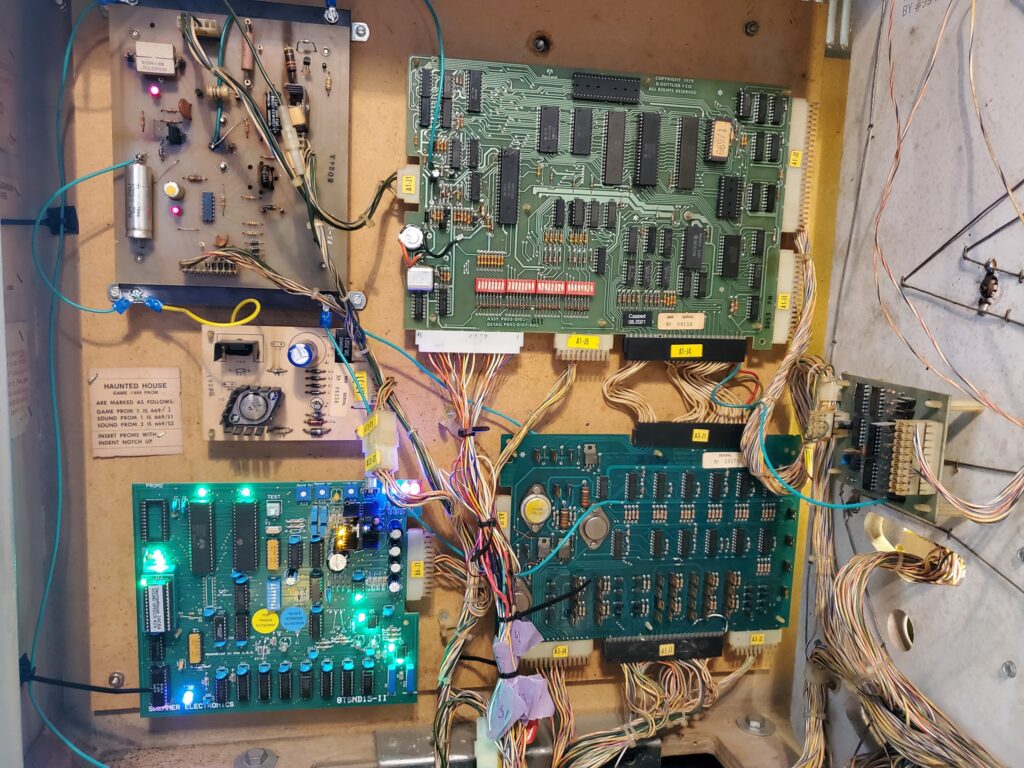
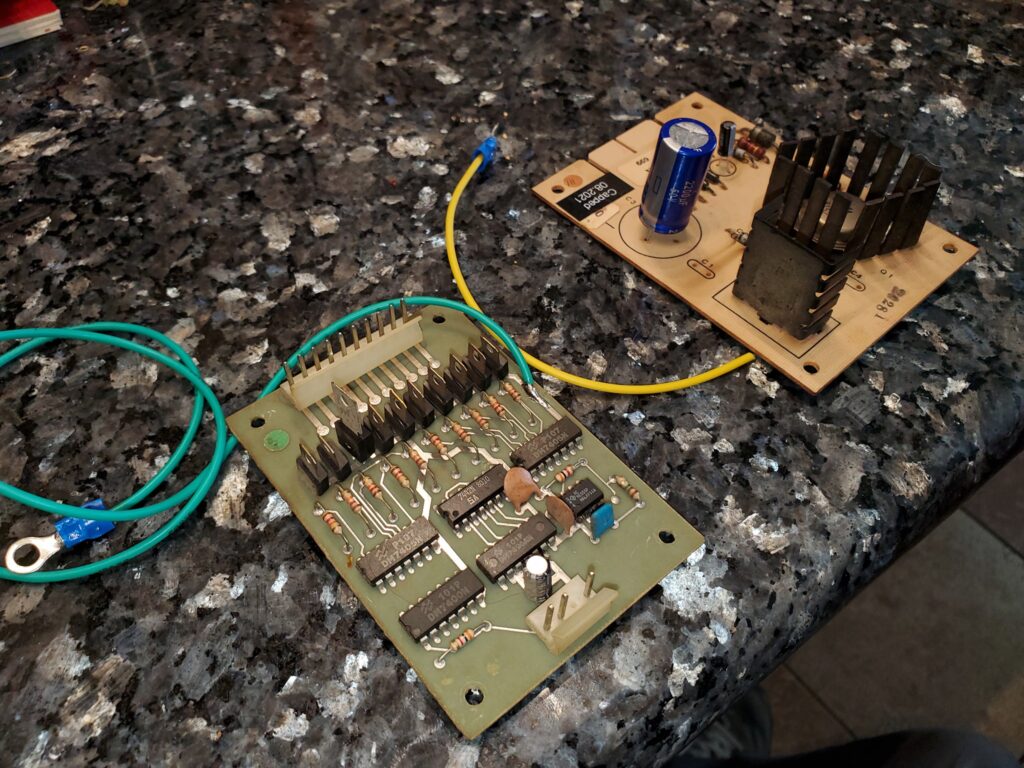
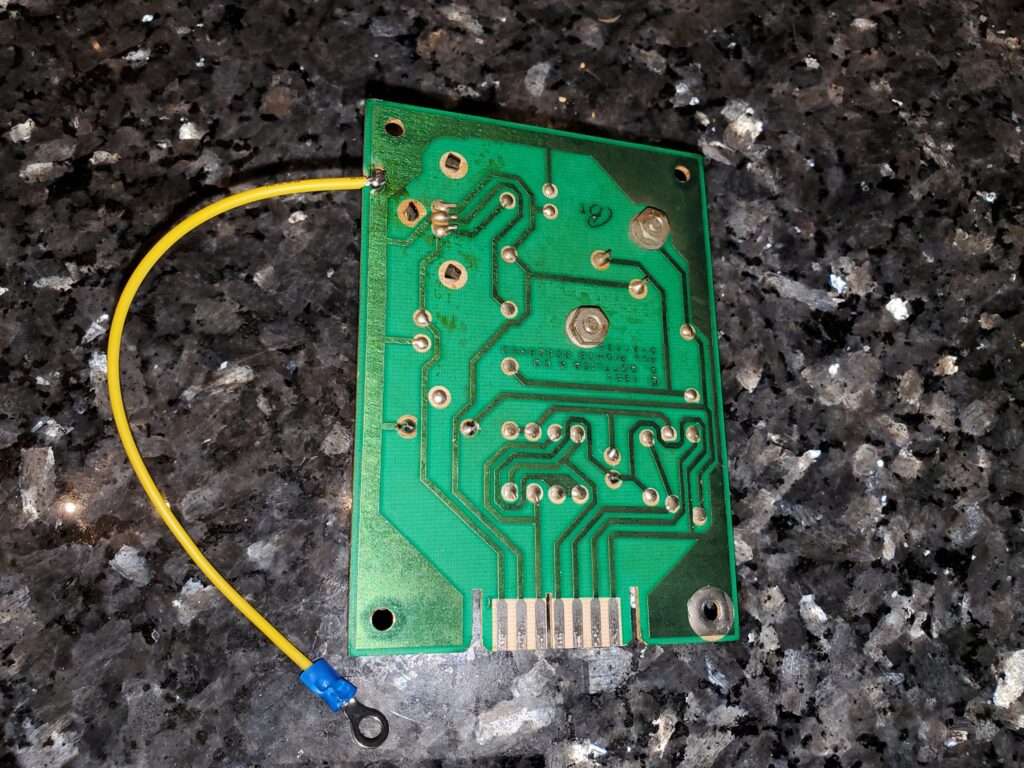
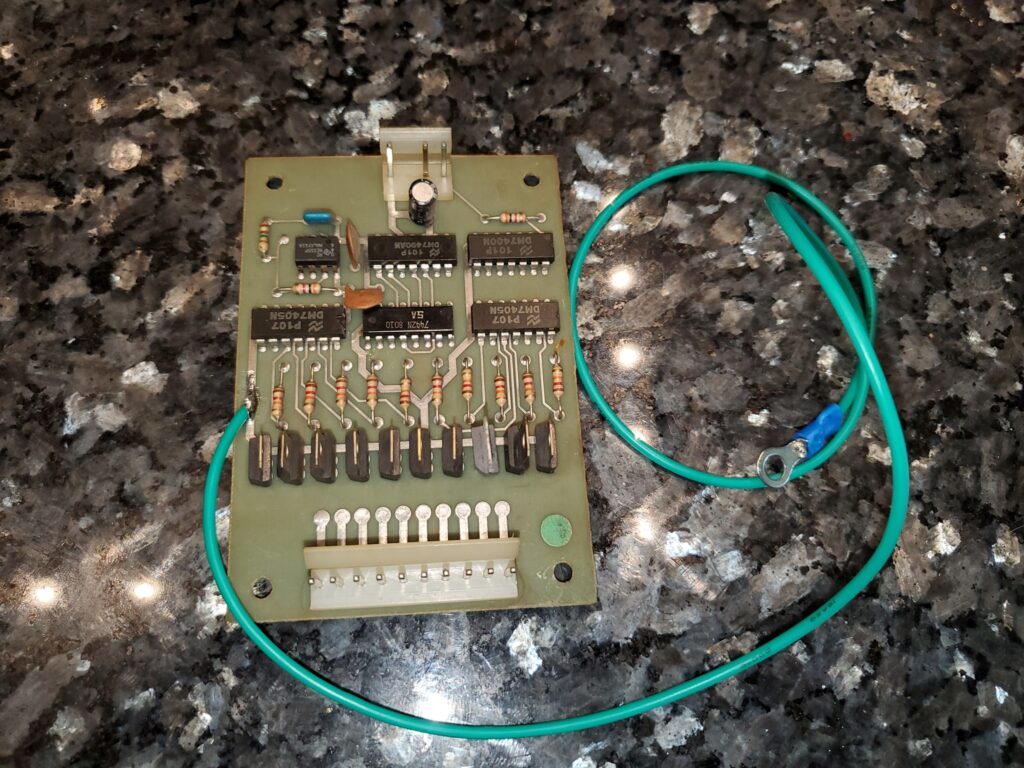
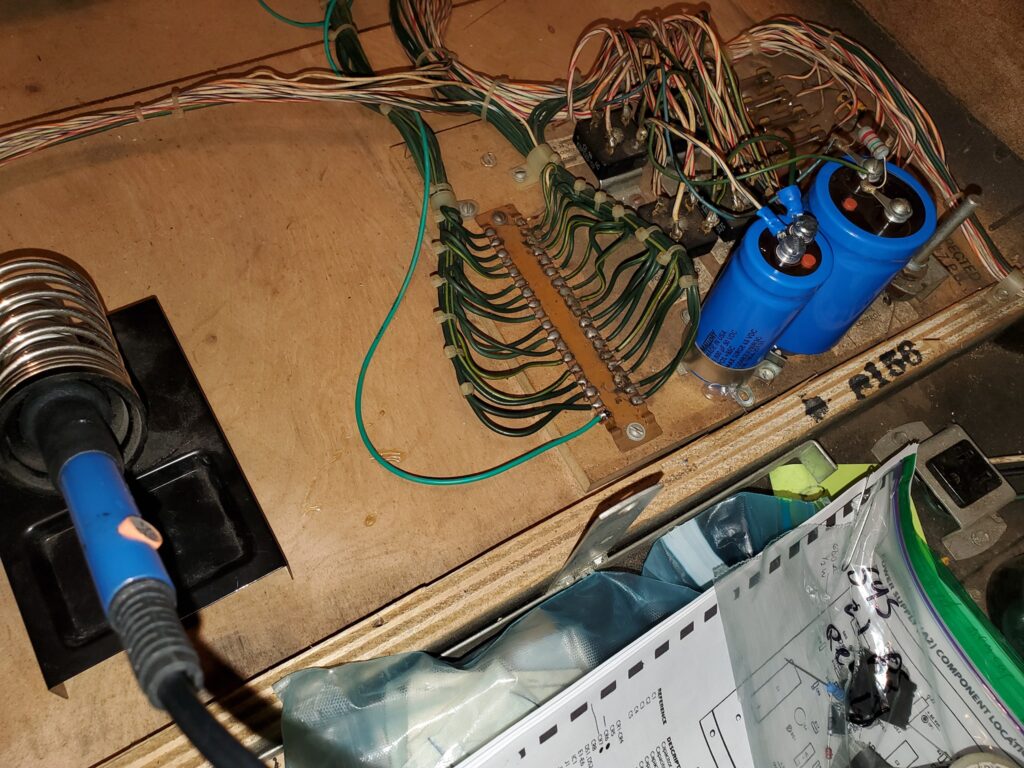
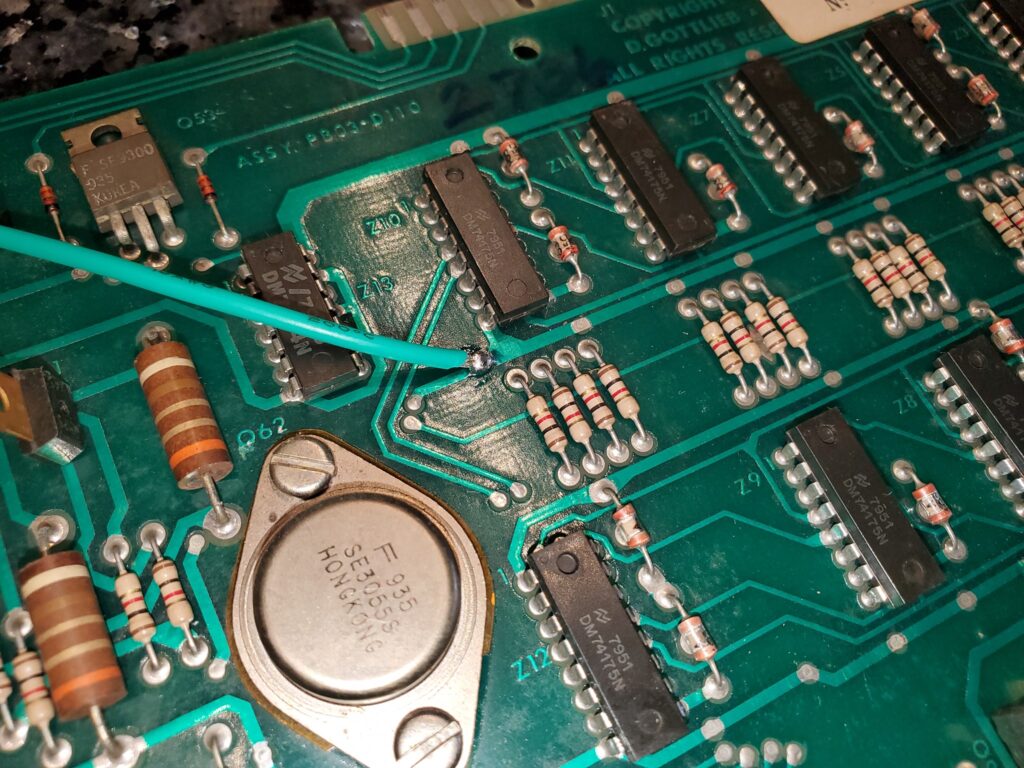
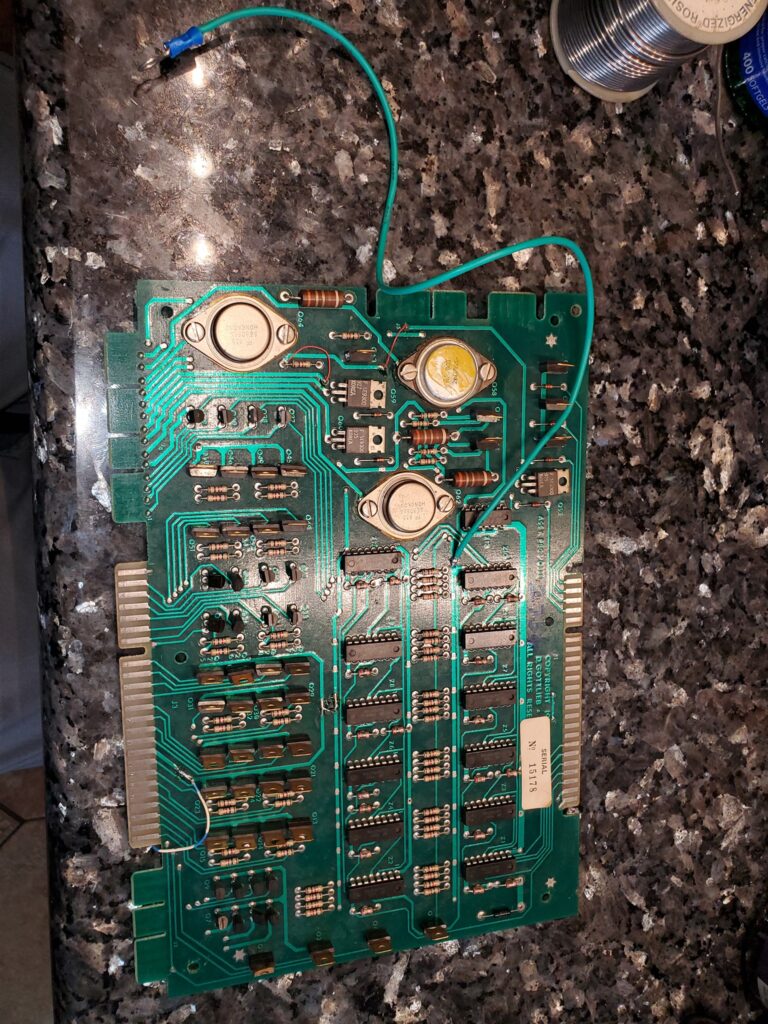
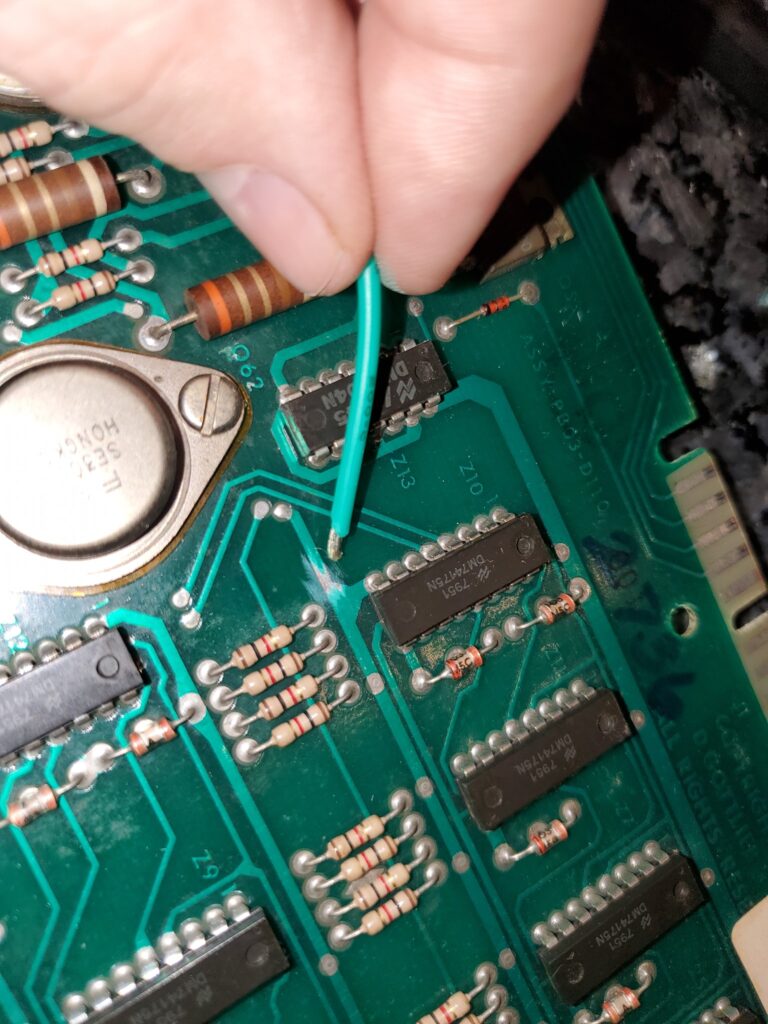
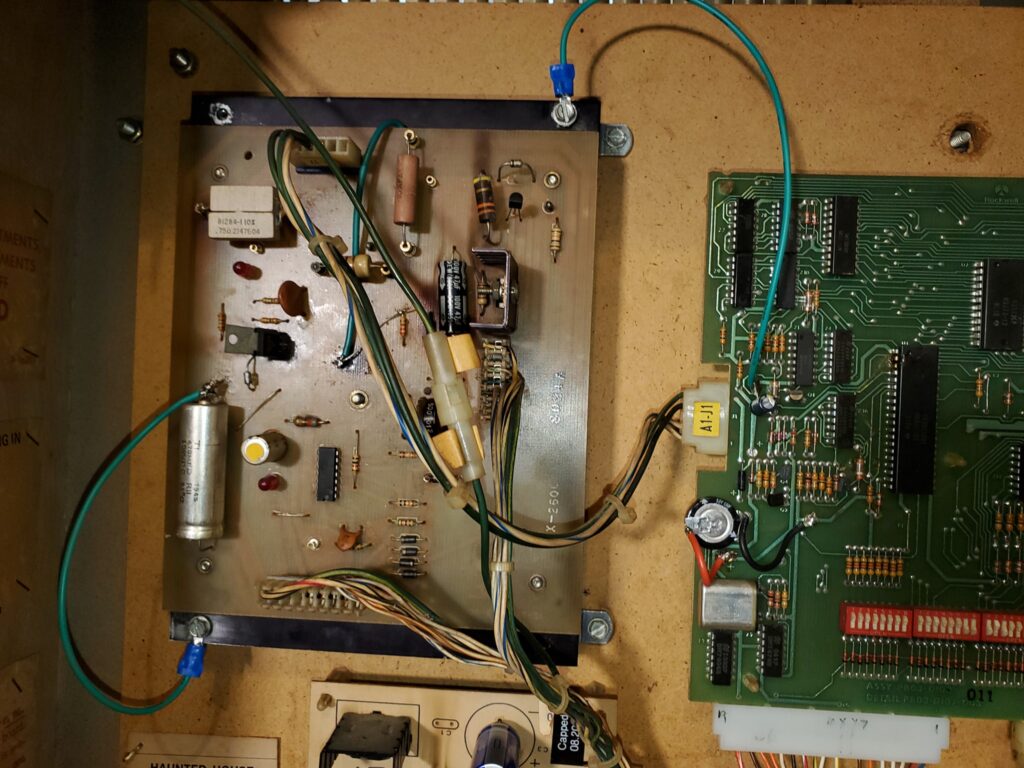
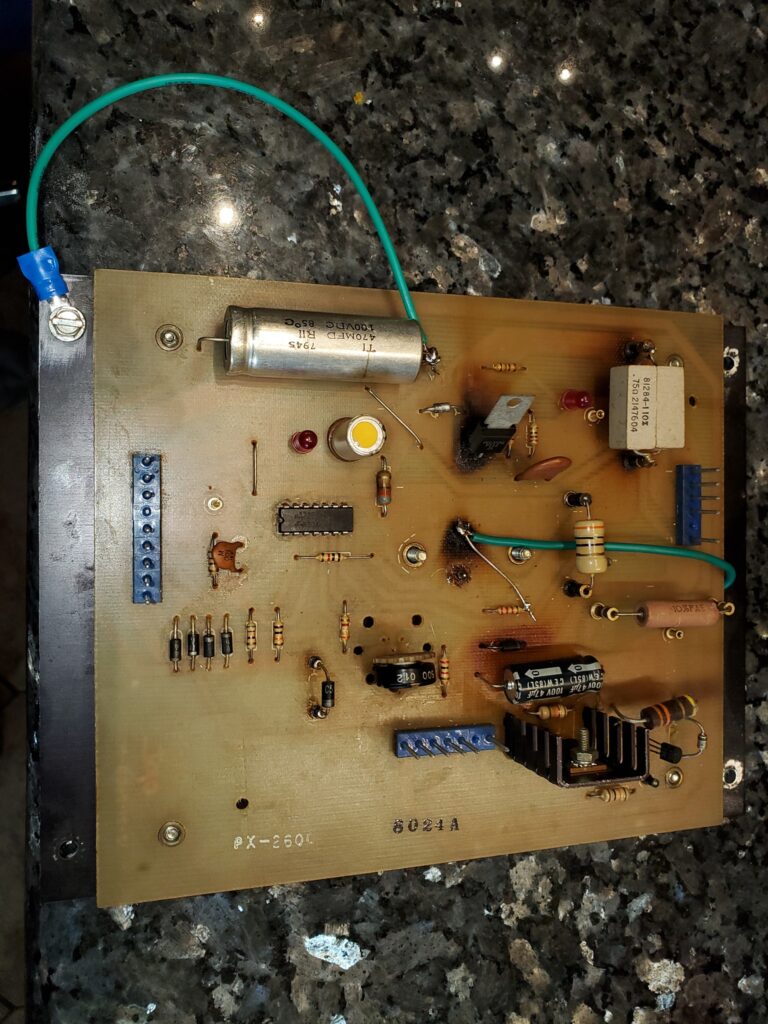
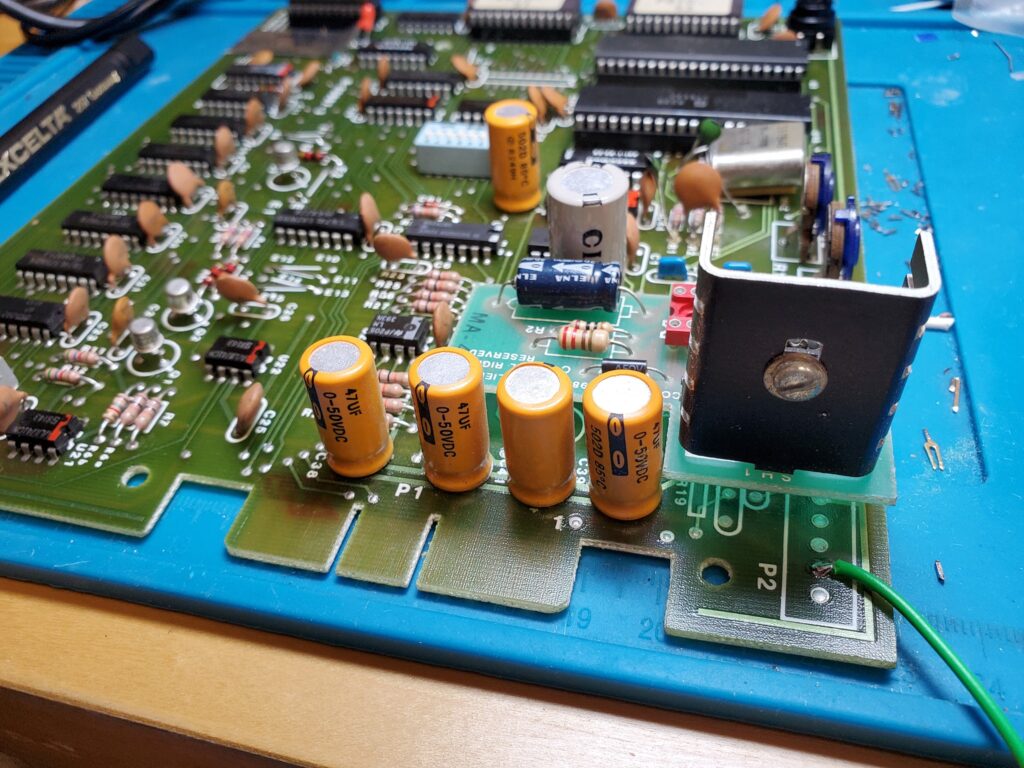
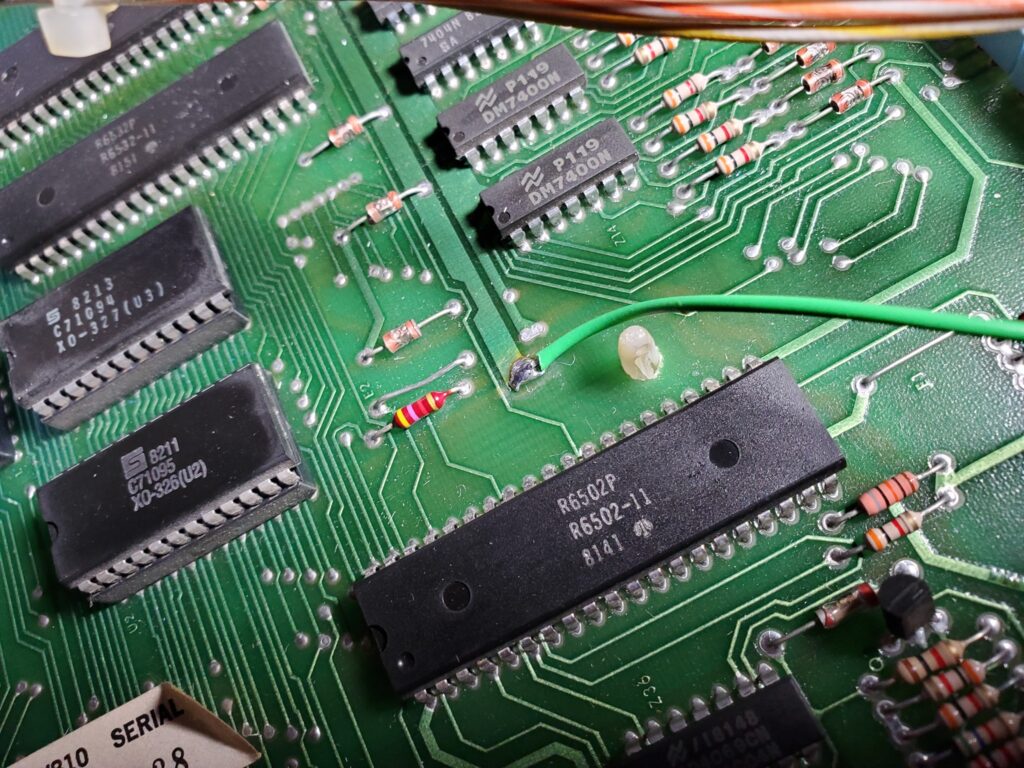
Haunted House Pinball (Part 8) – Review of System 80 Boards and Demo of Play
As work continues on the restoration of a 1982 Gottlieb Haunted House pinball, I’m finally seeing progress and have the game working. So in this video, I go over each of the boards in the backbox, what their function is, and what work I’ve done thus far. Then I demo the operation of the game, sound and gameplay.
In the next video, I will cover the ground mods to “bulletproof” the game.

